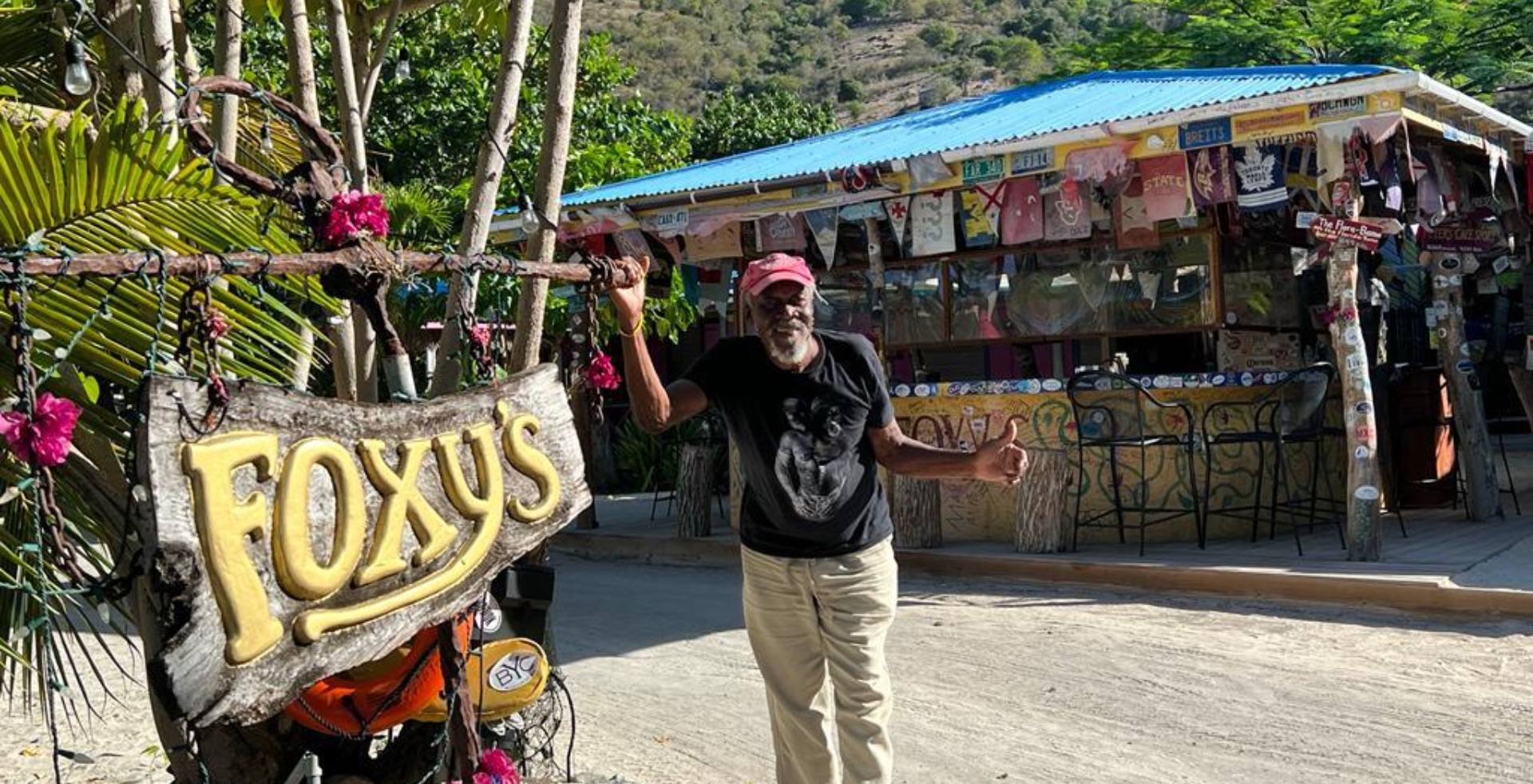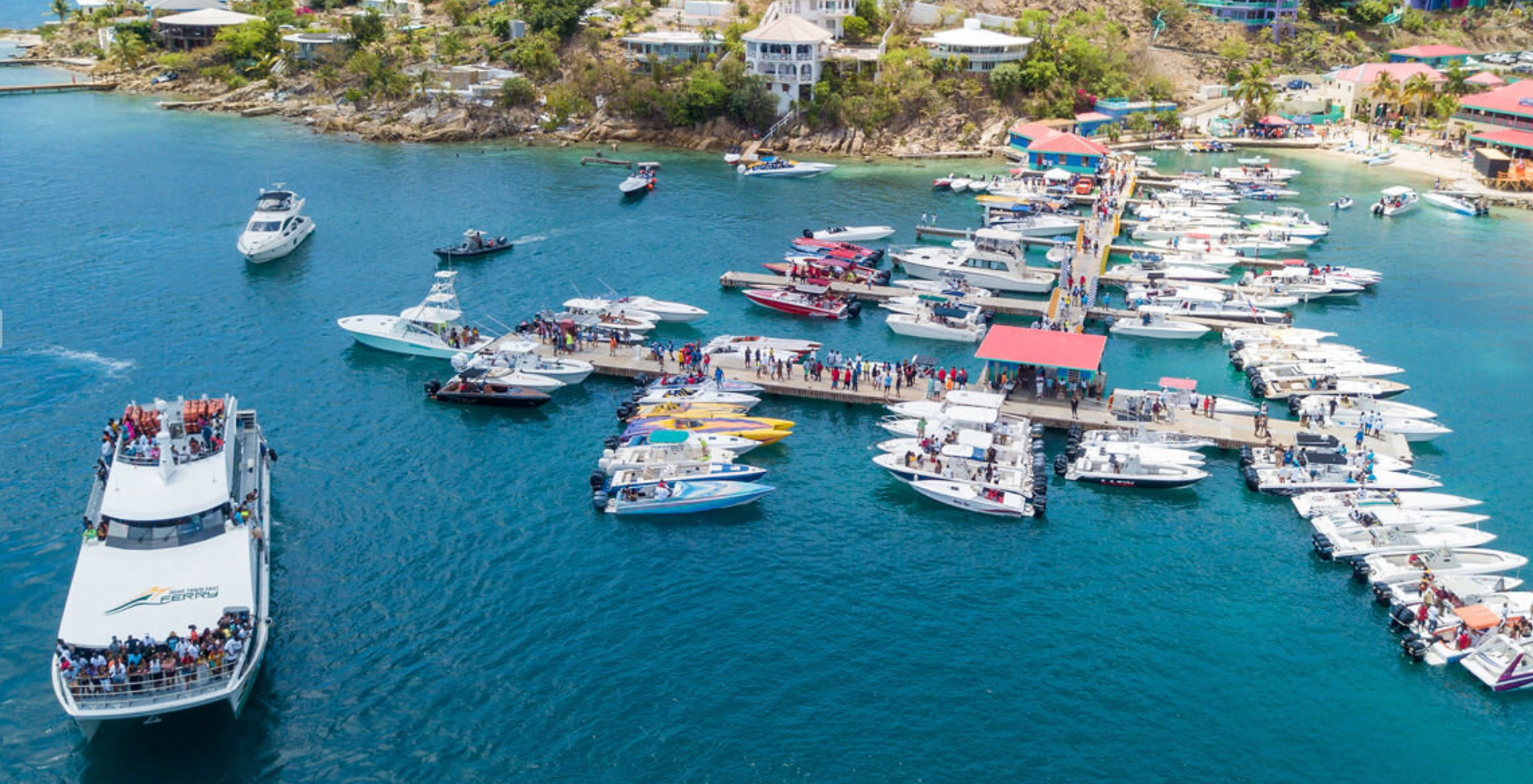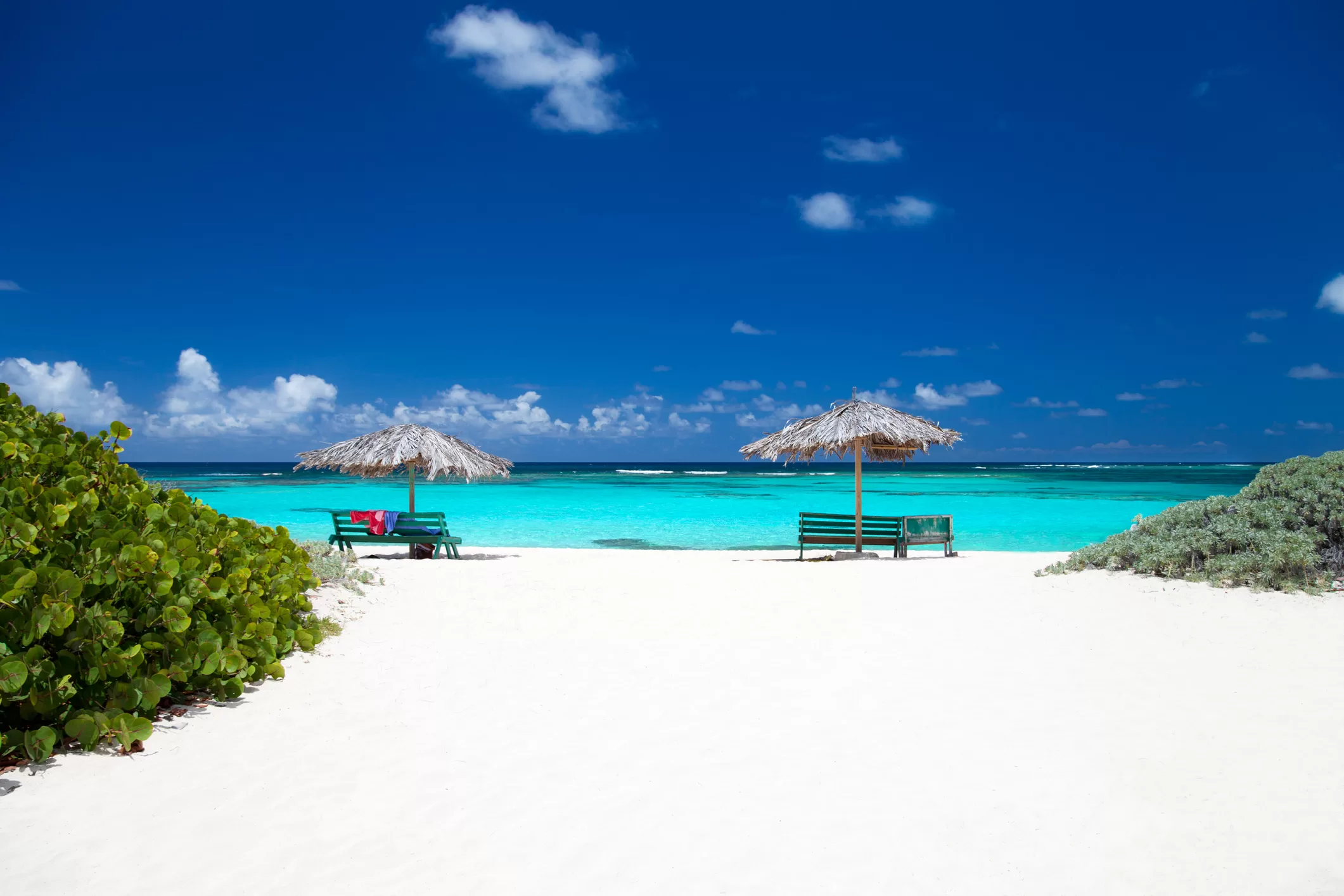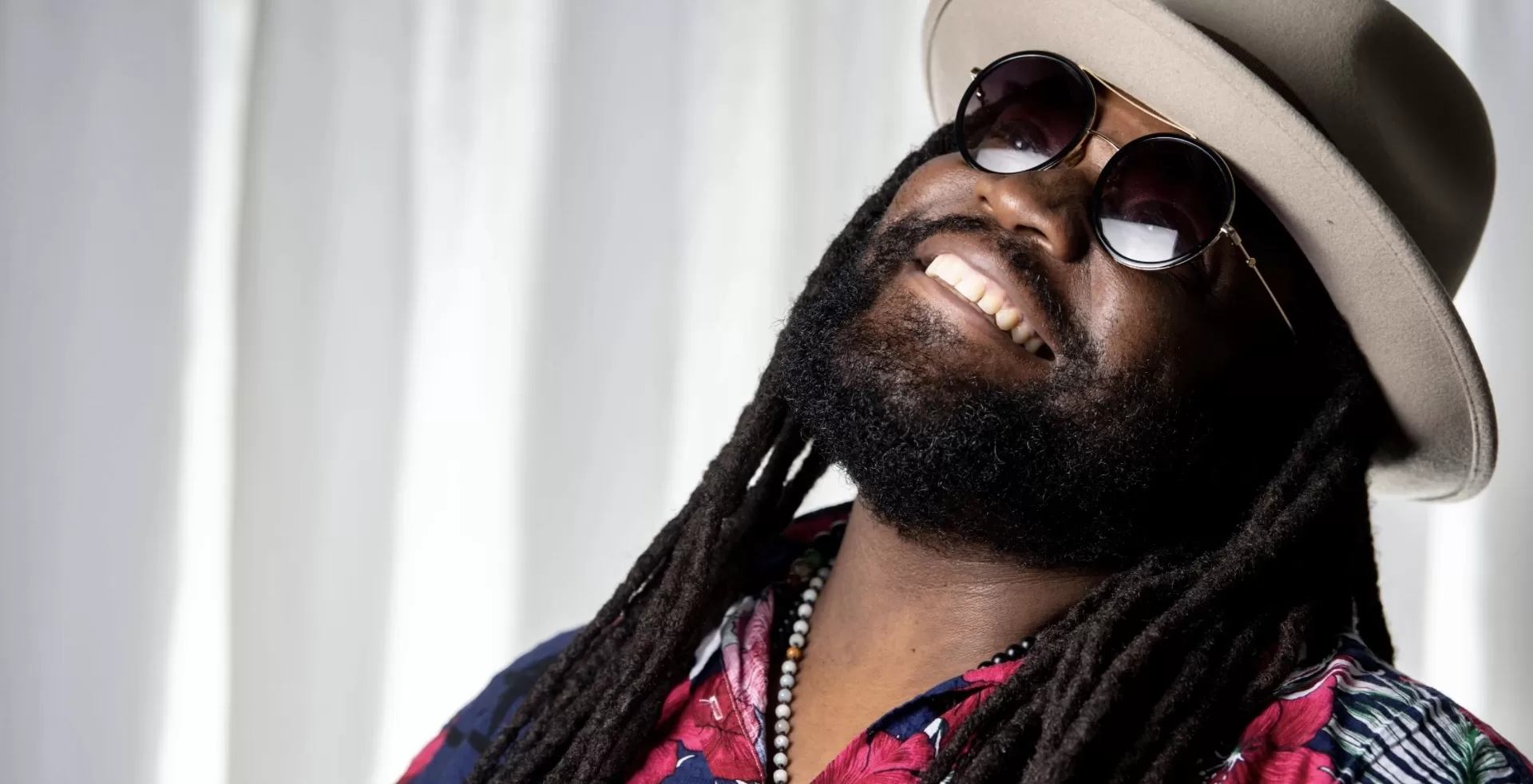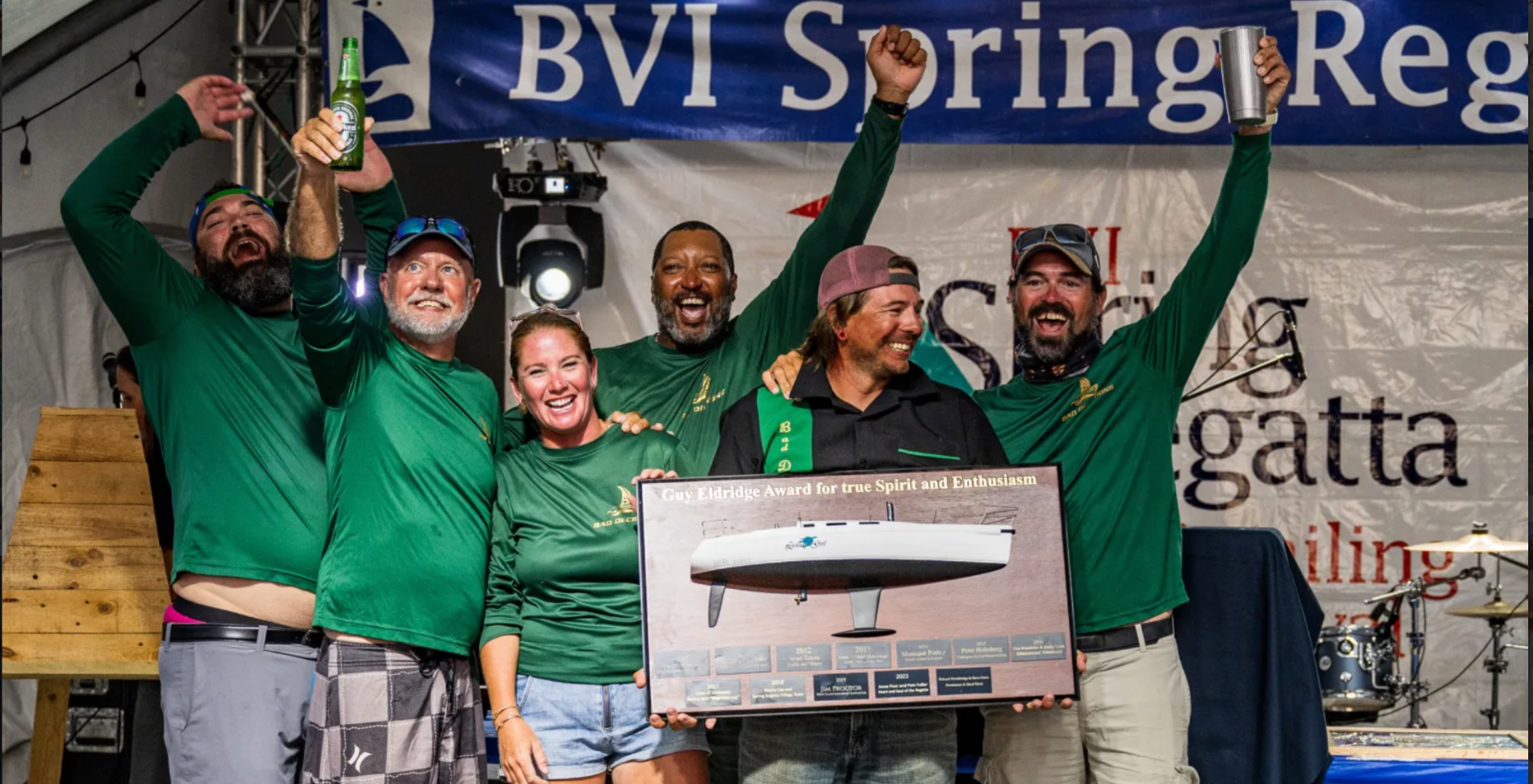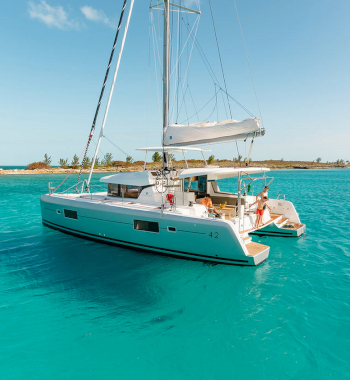Activities: Best Things to Do in the BVI
Let me show you some of the best things to do in The BVI! From boating to exploring The Virgin Gorda Baths or sunning on Sandy Cay, The British Virgin Islands has a variety of activities for every person’s taste or preference.
TORTOLA
Road Town
Main Street is the island’s original main thoroughfare and commercial district. Today the narrow one-way road is comprised of a number of traditional wooden and masonry West Indian buildings dating to the early 20th century.
HM Prison Museum, next door to St George’s Church, is an imposing structure with a thick white wall and a formidable red gate separating it from the road. It is now a museum highlighting a darker side to BVI history.

The Crafts Alive Market is a charming collection of West Indian style houses which contain a variety of craft, apparel shops and art galleries.
The Botanic Gardens is located on the eastern side of Road Town. These gracefully landscaped gardens contain a wide variety of tropical flora.
Old Government House Museum was the former residence of the British governors of the Territory and has been restored as it might have looked in the mid 20th century.
Learn more abut Old Government House Museum at https://www.oghm.org
The 1780 Lower Estate Sugar Works Museum is a former sugar plantation that processed sugar in the 18th through 19th century. In the early 20th century cotton was also processed here. Today it features historical, art and natural history exhibits.
Touring the island
Sopers Hole on the West End of Tortola is the port of entry for yachts and ferries arriving from the US Virgin Islands and Jost Van Dyke. The Sopers Hole Wharf and Marina across he way on Frenchman’s Cay is a charming and colorful shopping and marina complex designed in multi-hued Caribbean style.

Smugglers Cove: A lovely semicircular beach on Tortola’s western end is a local favorite.
Long Bay: Local guest houses and the hotel at Long Bay line the eastern end of the beach. The hotel, one of Tortola’s earliest beach hotels, is now under re-construction following damage incurred during Hurricane Irma. The quieter western end of Long Bay is a popular with body surfers and beach strollers. Although now overgrown there once was a vibrant community of Amerindians, who populated the islands prior to European settlement.
Apple Bay is a local community and features a small beach with two hotels punctuating either end. The wave break here makes it a popular surfing beach.
Carrot Bay is a charming fishing village on Tortola’s north shore. The North Shore Shell Museum, which is found along the roadside sells a large collection of seashells and snacks. If you are here when the fishermen come in with their catch, you might score some fresh fish.
Cane Garden Bay is at the center of the BVI’s lush and highly photogenic north shore. This vibrant community features a multitude of beach bars and restaurants.
The Callwood Rum Distillery is at the back of the bay towards its western end. Dating to the Plantation era, this thick-walled stone building is virtually untouched from the early plantation days when it was first built. On display is one of the original stills and iron boiling vats. It is open to the public for tours and still sells its potent rum.
Brewers Bay is a lush bay with a campground and a wide quiet beach. Above the Bay on its eastern end is Shark Bay National Park. A short trail will take visitors to a lookout and “The Bat Cave” a large overhanging cave carved out of weathered rock.
Mount Healthy Windmill is also a national park. Here you will find the almost intact remains of an 18th century windmill that once powered the mechanism for crushing sugar cane.

Sage Mountain National Park. This gem of a park is at 1,716 feet the highest point in the BVI. It features graveled trails and examples of both dry forest and lush, rain forest-like terrain featuring hanging vines, gargantuan elephant ears and bountiful ferns.
Ridge Road runs along the island’s mountainous spine from Sage Mountain on its western end to Josiah’s Bay to the east. This scenic route offers views of the surrounding islands and glimpses of villages, terraced valleys and some of Tortola’s less accessible bays.
“The Wall,” a colorful mural depicting scenes of traditional BVI life can be found along the Ridge Road at the central portion of the island. A Zip Line operated by Original Canopy Tours runs along the Ridge Road above the eastern section of Road Town.
St. Phillips Church. This historic Anglican Church at Kingstown is about three miles east of Road Town, and is all that remains of a community of freed slaves established in 1833. The roof of the church is long gone but the recently restored stone walls are still standing, bringing to life a slice of BVI history.
Green VI Eco Park located at Paraquita Bay near the Agricultural Station and HLStoutt Community College, the innovative Park is open for tours of its recycling operation and conservation efforts.
Josiah’s Bay on the north shore on Tortola’s East End is a dramatic beach with a great expanse of sand to recline on for sunning. It is popular with families and surfers who enjoy riding the winter waves.
Lambert Bay and Little Bay are at the easternmost end of Tortola. Lambert’s thick sand beach is long and wide and has a resort and restaurant tucked behind the beach. To reach Little Bay and its pristine white sand beach, a four-wheel drive vehicle is required. Be careful when swimming in the winter since both beaches can experience dangerous surf conditions when the winter swells are running.
Beef Island and Trellis Bay. Beef Island is connected to Tortola by the Queen Elizabeth II bridge and is the location of the Terrence B. Lettsome International Airport. There are several restaurants and a craft center located just past the airport on beautiful Trellis Bay, a sandy stretch of sand. Ferries connecting Virgin Gorda and several outer island resorts come in at one of the bay’s two docks. If you want to take your car to Virgin Gorda for the day, a barge used to primarily bring building materials to Virgin Gorda will also take cars.
Virgin Gorda
The Valley is an area of rolling hills and giant granite boulders on the eastern section of Virgin Gorda. You will find most of the island’s businesses here, including grocery shops and pharmacies, along with several villas, hotels and restaurants. Spanish Town Virgin Gorda’s main town is located in The Valley has a laidback Caribbean flavor.
The Virgin Gorda Yacht Harbour is a large marina and business area located in Spanish Town, near the ferry dock.

The Baths are Virgin Gorda’s best-known attraction. Located on a sandy beach on The Valley’s north western shore, these giant granite boulders and the sea pools that they enclose have been called one of the world’s natural wonders. Adjacent to the beach are restroom facilities and a beach bar.
Spring Bay: Sprinkled with Virgin Gorda’s iconic boulders, Spring Bay is a picture perfect white sand beach to the east of The Baths.
Little Fort is a national park and nature reserve. Located near Spring Bay, it also contains a plantation era ruin.
The Coppermine. Situated on a windy bluff on Virgin Gorda’s southwestern peninsula, this historic site contains the remains of a copper mine operated by Cornish miners in the 1860s. Its stone edifices are reminiscent of the copper and tin mines found in Cornwall, England where most of the early miners originated. The area is now part of the national park system and several interpretive signs explain its unusual and fascinating history.

Gorda Peak, at 1370’, is Virgin Gorda’s highest point and a BVI national park. The walk up through dry forest, bromeliads and ferns isn’t overly strenuous and once at the top, the lookout with its panoramic views of surrounding islands is well worth the trip.
Leverick Bay borders North Sound and can be reached by the road that winds past Gorda Peak. There is a restaurant, hotel, vacation villas, water sports firm and several boutiques.
Gun Creek. This small village clings along the sides of a steep road leading to a ferry dock on North Sound. Here you can catch a boat to a group of noted island resorts. There is a customs and immigration facility for boats looking to clear in at North Sound.
North Sound has sometimes been called the playground of the BVI. The Sound, which is located off Virgin Gorda’s northern tip is one of the BVI’s largest and most sheltered anchorages. Some of the BVI’s best known and exclusive properties are located in North Sound including Necker Island, Oil Nut Bay and Bitter End. On the aptly named Saba Rock there is a small museum containing marine artifacts, including coins and other items from the shipwreck of the Atocha.
Other Islands
The Wreck of the RMS Rhone Marine Park is the BVI National Parks Trust’s only underwater park, and is one of the Caribbean’s most popular dive and snorkeling spots. Teeming with fish life and encrusted with colorful corals, the RMS Rhone is on the “must do” list of most divers visiting the British Virgin Islands. Dashed against the rocks off the southwest shore of Salt Island during the hurricane of 1867, the 310-foot (94 meter) mail ship foundered and sank quickly; only 23 of the 147 crew and passengers survived.

The vessel’s remains are extensive and have become a haven for an infinite variety of marine creatures including corals, sponges, parrotfish, wrasse, grouper and angel fish. The wreck, which broke in half while sinking lies in 20 feet (24 meters) of water at the deepest. The 800-acre park covers an area off Salt Island and Dead Chest island, but also a site off Peter Island where the anchor, which the ship lost during the first blasts of the storm, lies. Much of the steel structure remains intact. A number of portholes remain as do portions of the hull. Corals cover much of the ship’s structure.
The ship achieved Hollywood fame as the backdrop for the underwater scenes for the 1976 film “The Deep” based on the Peter Benchley book and starring Jacqueline Bisset and Nick Nolte.
Prickly Pear National Park, a small nature reserve and national park in the middle of North Sound off Virgin Gorda is fringed with a classic white sand beach. But unlike Robinson Crusoe, you won’t have to crack open a coconut to survive since this desert island comes equipped with its own beach bar.
Fallen Jerusalem. This small island, now a national park, is located off the southern tip of Virgin Gorda, and is comprised of the same type of granite boulders that make up The Baths. It’s primary feature, small pockets of powdery sand interspersed with a helter-skelter jumble of large boulders, most likely inspired its Biblical sounding name. Large waves though can make it difficult to anchor here in the winter.
West Dog is part of a chain of small rocky islands called “the Dogs.” Situated to the north of Virgin Gorda, it is the only one in the uninhabited group that is a national park. The snorkeling is superb and is the primary reason that yachters come here, although if you like sea birds there are plenty in summer. It is a decent anchorage by day, although it’s not recommended for overnight stays.
For more information about the BVI’s main and outer islands, and activities like sailing and diving go to:
https://thebviinsider.com/sailing-the-islands/
https://thebviinsider.com/diving/
You can learn more about the BVI’s national parks at

